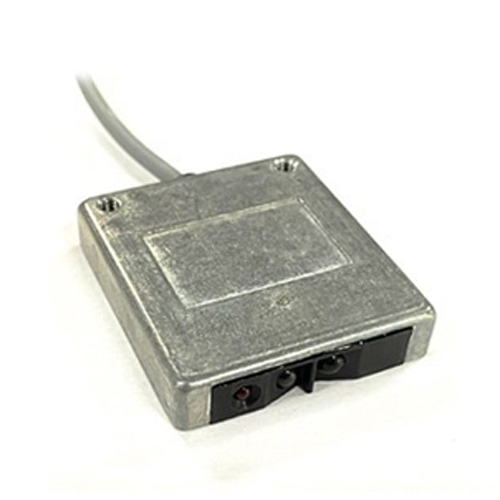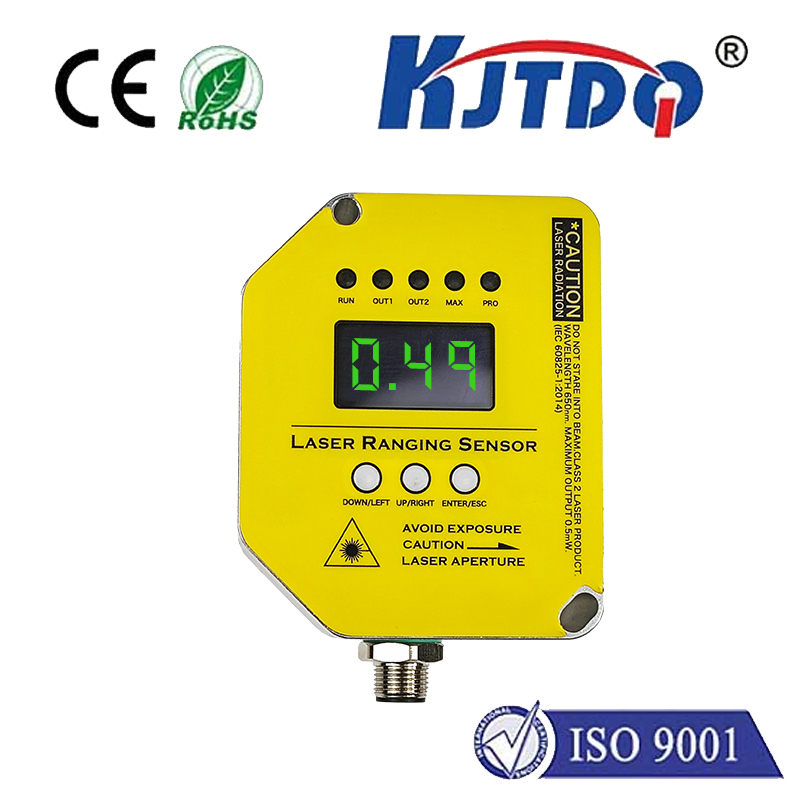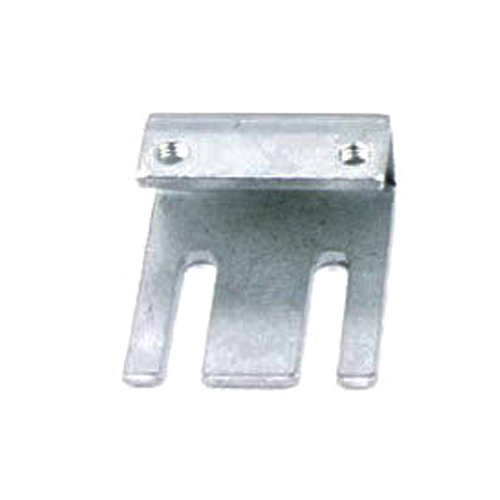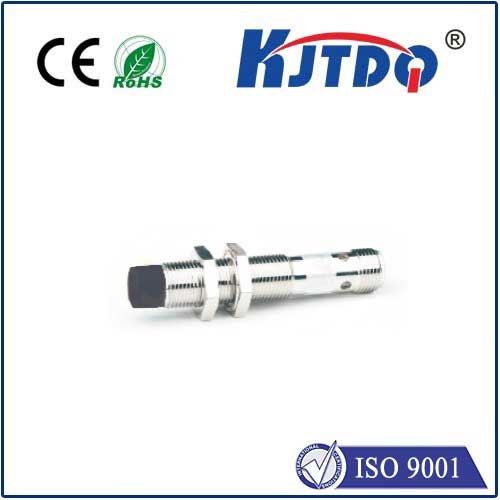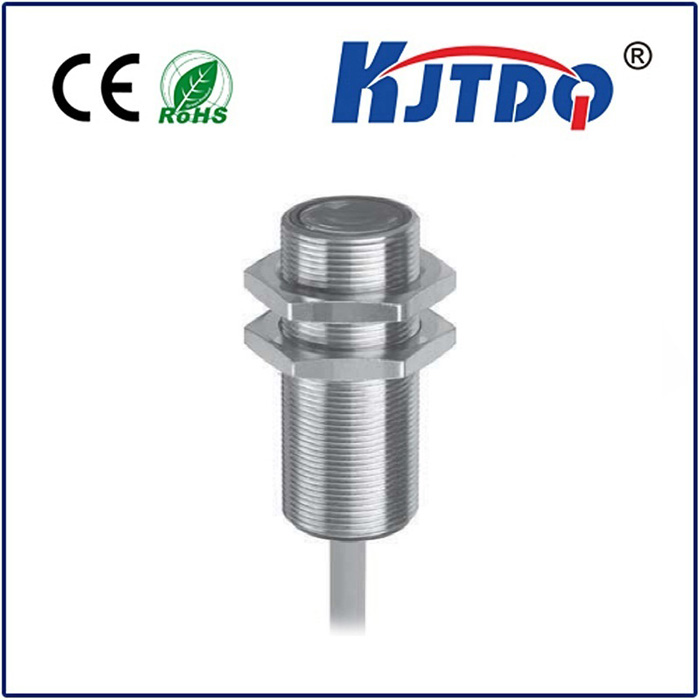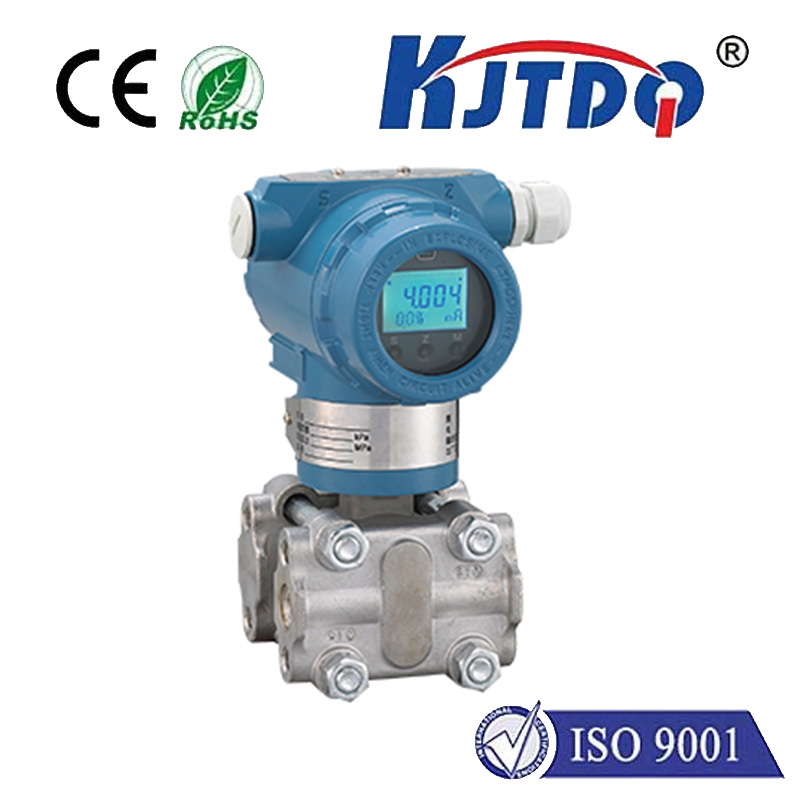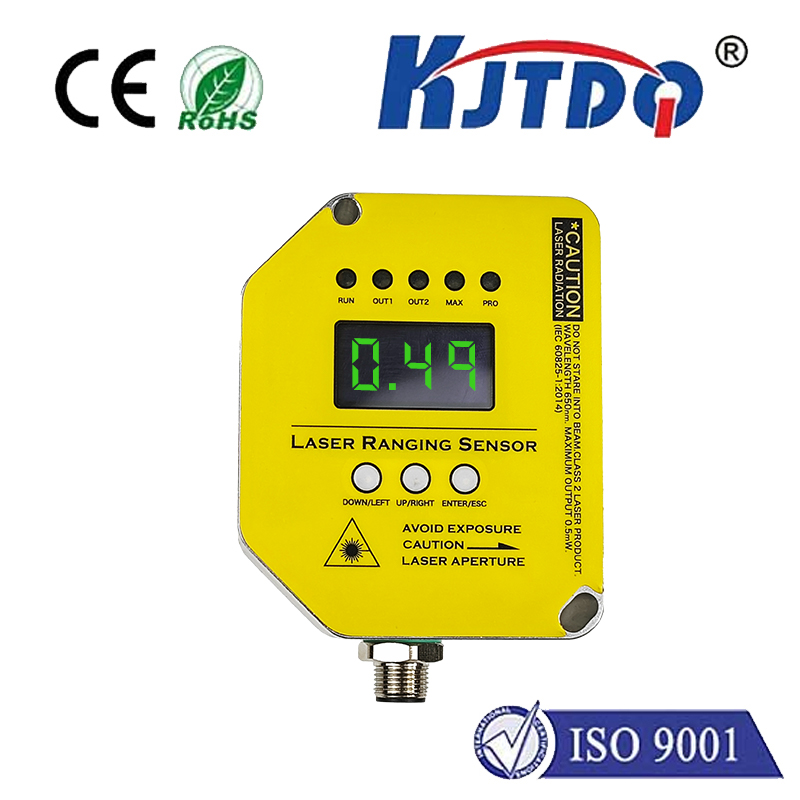proximity sensor long distance
- time:2025-09-06 01:34:05
- Нажмите:0
Beyond the Blip: Unlocking the Potential of Long-Range Proximity Sensors
Imagine an industrial robot arm needing to sense the approach of a large pallet yards away to smoothly adjust its path. Picture a smart parking system automatically detecting vehicle presence deep within a bay, or automated gates opening seamlessly as a car approaches from a distance. These scenarios demand far more than the centimeter-level detection common to standard proximity sensors. They require the specialized capabilities of long-range proximity sensors – the unsung heroes enabling detection, safety, and automation across vast distances where conventional sensors fall short.
Standard inductive proximity sensors, workhorses for detecting metal at close range, typically max out around 40-60 mm. Similarly, capacitive proximity sensors for non-metals operate within similarly intimate confines. For applications demanding detection from several centimeters up to tens of meters, entirely different sensing principles come into play, primarily photoelectric and ultrasonic technologies. Understanding these is key to harnessing true long-range detection.
Photoelectric Sensors: The Lightwave Champions
Photoelectric sensors reign supreme for achieving significant detection ranges, often effortlessly spanning meters and, in specialized cases, even hundreds of meters. They operate by emitting a beam of light (visible red, infrared, or laser) and detecting changes in the received light signal caused by an interrupting object. There are several core operating principles:
- Through-Beam (Opposed Mode): The undisputed king of long-distance detection. This setup uses separate emitter and receiver units. The emitter sends a continuous light beam directly to the receiver. An object passing between them breaks the beam, triggering detection. Through-beam sensors offer the longest possible ranges, commonly up to 50-100 meters, with specialized units exceeding 250 meters. Advantages include high reliability, long range, and insensitivity to target surface characteristics (color, finish, material). The main disadvantage is the need to install and align two separate units.
- Retroreflective Mode: This variant uses a single sensor housing combining emitter and receiver, paired with a retroreflective target (like a reflector tape or prism). The sensor emits light towards the reflector, which bounces the beam directly back. An object breaking this reflected beam path triggers detection. Retroreflective sensors offer simpler installation than through-beam while still achieving substantial ranges, typically up to 10-25 meters, sometimes more. They remain sensitive to the reflectivity of the target itself.
- Diffuse Mode (Proximity Mode): Here, the single-unit sensor emits light and detects the portion diffusely reflected directly off the target object. Detection range is inherently shorter than through-beam or retroreflective modes, heavily dependent on the target’s size, color, and surface texture (light, matte surfaces reflect best). While common diffuse sensors work within centimeters to a meter, specialized background suppression and foreground suppression variants offer more precise detection at slightly increased ranges (often up to 2-3 meters).
Ultrasonic Sensors: Sounding Out the Distance

Ultrasonic proximity sensors utilize high-frequency sound waves beyond human hearing. The sensor emits ultrasonic pulses and listens for the echo reflected from a target. Distance to the object is calculated based on the time-of-flight principle – the time taken for the sound pulse to travel to the object and back to the sensor.
Ultrasonic sensors excel in environments where optical methods struggle:
- Dust, Fog, or Mist: Sound waves penetrate airborne particulates much better than light, making ultrasonics ideal for harsh industrial environments or outdoor weather conditions.
- Detecting Non-Solid Objects: They reliably detect liquids, granular materials, and transparent objects (like glass or clear films) that photoelectric sensors might overlook.
- Target Independence: They are generally less affected by target color, transparency, or reflectivity compared to diffuse photoelectric sensors.
While effective ranges vary greatly by model and target characteristics, long-range ultrasonic sensors commonly operate effectively from a few centimeters up to 6-8 meters, with specialized industrial models reaching 10-15 meters.
Choosing the Right Long-Range Sentinel
Selecting the optimal long-range proximity sensor hinges on critical application factors:
- Required Detection Range: Precisely define the maximum and minimum distances involved. This immediately narrows down the viable technologies (e.g., >10m = primarily photoelectric through-beam).
- Target Characteristics: What are you detecting? (Solid object, liquid, transparent material? Metal, plastic, fabric?) What is its size, color, and surface finish? This heavily impacts photoelectric diffuse and ultrasonic performance.
- Environmental Conditions: Will the sensor face dust, rain, fog, intense light, vibration, or temperature extremes? Ultrasonic sensors handle particulates well; photoelectric sensors require cleaner air but offer higher precision and longer ranges. Laser sensors can combat ambient light interference.
- Mounting Constraints: Is it feasible to mount components on both sides of the detection zone (for through-beam)? Is space limited? Retroreflective or diffuse photoelectric sensors, or ultrasonics, offer single-unit solutions.
- Required Response Speed: How quickly must the sensor detect an approaching or departing object? Photoelectric sensors, especially through-beam, generally offer the fastest response times.
- Output Needs: Simple on/off detection (digital output) or precise distance measurement (analog output)? Both photoelectric and ultrasonic sensors offer variants for each need.
Where Long-Range Proximity Powers Progress
The applications for long-range sensors are vast and continually expanding:
- Material Handling & Logistics: Detecting pallets on high-bay racks, presence in automated storage/retrieval systems (AS/RS), controlling conveyor gaps, and triggering door opening for large vehicles.
- Промышленная автоматизация: Safeguarding large robotic work cells, detecting oversized loads on machinery, controlling crane height and proximity, and monitoring fill levels in large silos or tanks (ultrasonic).
- Traffic & Parking Management: Vehicle detection at toll booths, parking space occupancy sensing, entrance/exit gate control, and monitoring queue lengths.
- Building Automation: Automatic door activation (especially large sliding doors), presence detection in large rooms or atriums for lighting/HVAC control, and elevator positioning.
- Agriculture & Forestry: Monitoring large equipment clearances, controlling gate access to fields, and detecting tall vehicles or loads near structures.
- Security Systems: Perimeter protection (detecting approach before a fence line is reached), monitoring large open areas, and safeguarding hazardous zones around machinery.
Pushing the Boundaries: Laser Distance Sensors
For extremely demanding applications requiring the utmost in long-range precision and speed, specialized laser distance sensors (often based on time-of-flight or phase-shift measurement) are used. These offer highly accurate distance measurement, often at ranges far exceeding standard photoelectric sensors – from tens to hundreds of meters – and are used in surveying, crane collision avoidance, and high-precision automation.
Moving beyond the limitations of traditional proximity detection unlocks new possibilities for efficiency, safety, and automation. Whether navigating the complexities of a large warehouse, safeguarding industrial robotics, or managing the flow of traffic, long-range proximity sensors provide the critical, reliable eyes and ears needed for tasks measured in meters, not millimeters. Understanding the strengths and applications of photoelectric and ultrasonic technologies is paramount to selecting the right sensor to break the distance barrier successfully.


